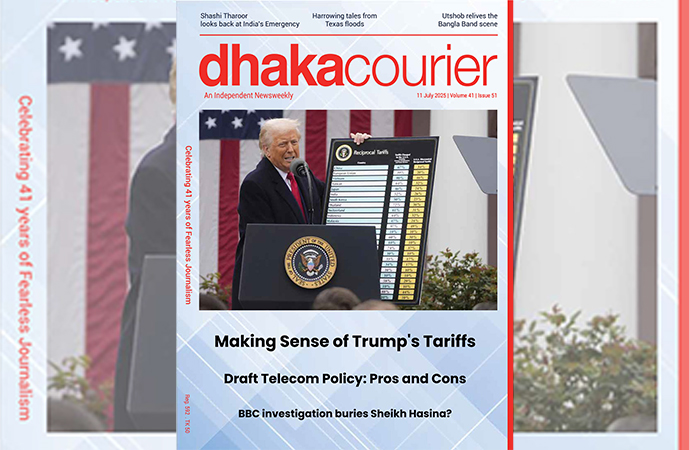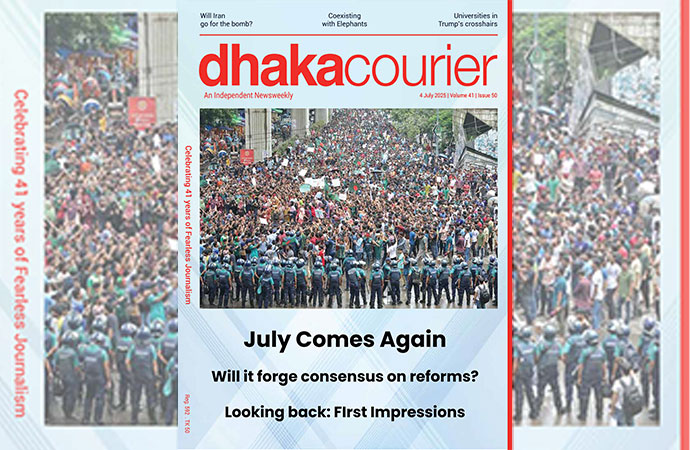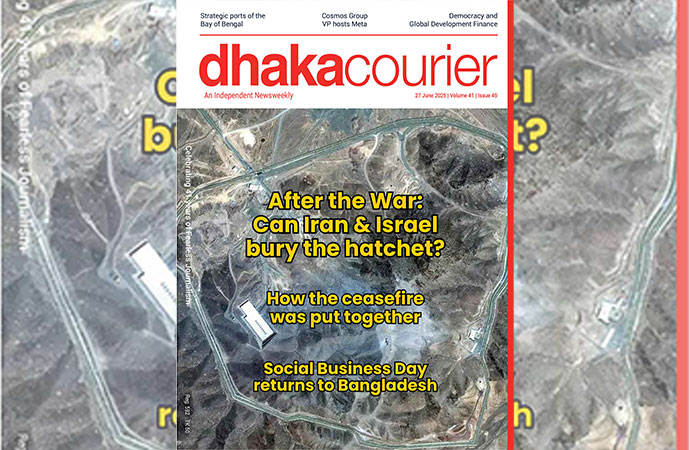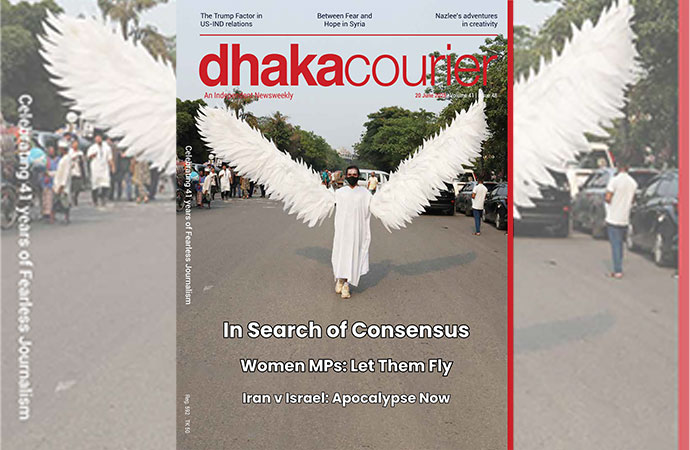Reportage






Baro Sardar Bari, one of the most significant heritage sites in Sonargaon, is a shining example of restoration of heritage site in Bangladesh in the truest sense, not just renovation, says architect and architectural conservation specialist Prof Dr Abu Sayeed Mostaque Ahmed.
It is rare to get an entire one year or more purely to do research before the start of restoration work in Bangladesh.
"I'm lucky as I was given the time to do required research first," said Prof Sayeed, Project Director of the Baro Sardar Bari restoration.
South Korea-based global conglomerate Youngone Corporation restored Baro Sardar Bari in Sonargaon which is the first attempt to preserve a cultural heritage site in Bangladesh.
"Kihak Sung had a dream to restore a building in Bangladesh and he chose Baro Sardar Bari after visiting many places across Bangladesh," said the architect.
Youngone Corporation Chairman and CEO Kihak Sung restored his own village home and he has a personal interest in restoration.
Sung wanted to apply what he learned from his home and pursued hard to restore the whole Panam City as he believes this kind of restoration project is a really to be built into the culture of Bangladesh so that the people can enjoy and be proud of what their ancestors done before.
Prof Sayeed said there is a need to search their identity and heritage once the basic needs like health, education, food and shelter are met. "We've to preserve and conserve our heritage buildings."
He said Kihak Sung wanted to give something to Bangladesh and its future generation through restoration of Baro Sardar Bari instead of something in terms of money.
South Korean Ambassador to Bangladesh Lee Jang-keun, who visited Sonargaon recently for the first time, said, "I'm very happy to be here. I feel so close to this country. It's very impressive."
Korean EPZ President Jahangir Saadat said it is unique because this is the first of its kind in Bangladesh for a private sector company like Youngone Corporation to take up a restoration project of a famous heritage site.
Recalling the days of restoration works, Sadat said Kihak Sung was looking for things so perfectly with the original design that they had to go for frequent changes.
"He really wanted to leave a legacy to the people of Bangladesh, particularly for the younger generation who would be proud to glorious past as reflected in the heritage site. This is something very encouraging," said the KEPZ President.
Kihak Sung who personally monitored and saw the implementation works says restoration is not his profession but this is something he likes do for his own satisfaction, satisfaction of his friends and families and people around him.
"When we talk about this kind of restoration project, we never know you can really finish it. Before finishing it really, you can't sleep well," he said.
Prof Sayeed said the main goal of conservation is to give a longer life to a building. "We've been successful."
South Korean Ambassador Lee said he has many ideas on cultural front as the two countries will chalk out programmes to celebrate the 50 years of their diplomatic relations.
The restoration of Baro Sardar Bari was made possible through a unique public-private partnership between the Ministry of Cultural Affairs, government of Bangladesh and Youngone.
Youngone had undertaken an initiative to conserve this building in an authentic and scientific manner as part of the social responsibility and commitment towards Bangladesh.
Also, extensive research was conducted to restore the building to its original grandeur. The restoration included the façade, ornamentation, inner courtyard reconstruction and plastering of interior walls.

























Leave a Comment
Recent Posts
‘Married to Journalism’: Adieu ...
The journalist community of the country united this week in bidding go ...
Reimagining the OST: ‘Utshob’ ...
One of the most successful Bangladeshi films in recent years, 'Uts ...
Harrowing stories of rescue emerge from Texas floods ..
The Resilience of World Trade
Heeding the Lessons of India’s “Emergency”
Sunamganj’s age-old boat market struggles as monsoon ..